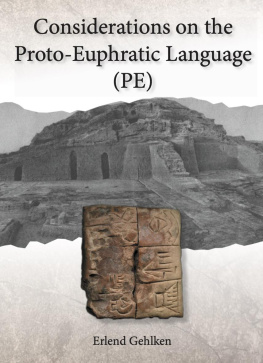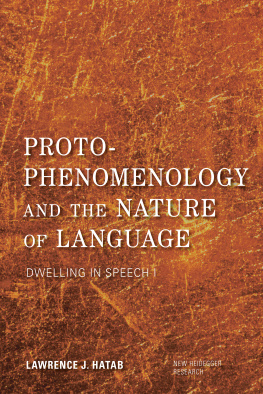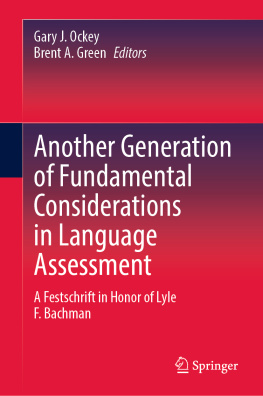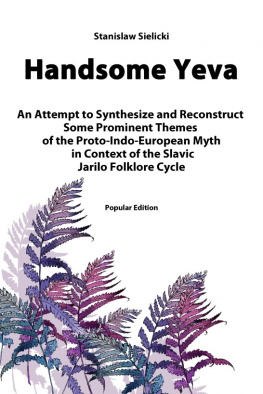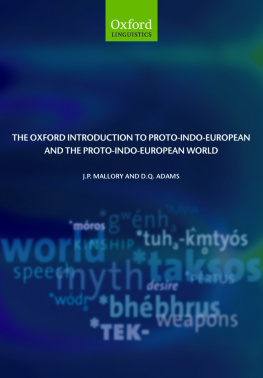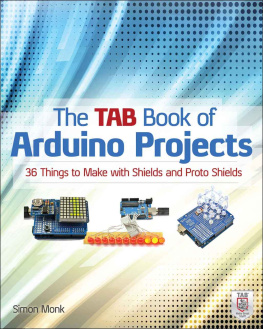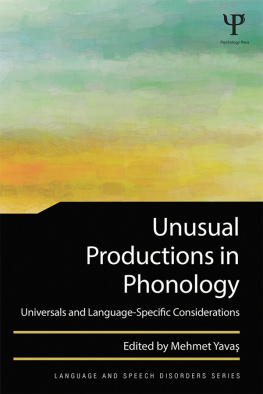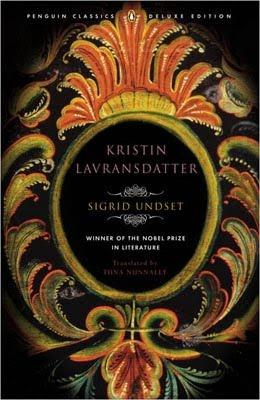Considerations on the Proto-Euphratic Language
1. Auflage, erschienen 4-2021
Umschlaggestaltung: Romeon Verlag
Text: Erlend Gehlken
Layout: Erlend Gehlken
ISBN: 978-3-96229-818-0
www.romeon-verlag.de
Copyright Romeon Verlag, Jchen (DE)
The work, including all its parts, is protected by copyright. Any use and reproduction of the work without the consent of the publisher is prohibited and punishable by law. All rights, including those of reprinting excerpts and translation, are reserved. The work, including parts thereof, may not be reproduced, transmitted or copied without the express written permission of the publisher. Violation obliges to compensation.
All information, results, etc. contained in the book have been prepared by the author to the best of his knowledge. They are provided without any obligation or guarantee on the part of the publisher. He therefore accepts no responsibility or liability for any inaccuracies that may exist.
Considerations on the Proto-Euphratic Language (PE)
A Daniela,
in ricordo del tempo trascorso insieme a Sanremo
CONTENTS
PREFACE
One of the most important advanced civilisations of antiquity is to be found in Mesopotamia, a second one in Egypt. There may have been more ancient cultures, but they have not yet emerged from the mists of history. It goes without saying that this study refers to cultures that have developed a system of writing as we know it. The artists who created the paintings in the caves of Altamira, Lascaux or in the Maros-Pangkep Karst on Sulawesi were no less talented. The indigenous inhabitants of Mesopotamia are difficult to grasp as a people. In the north of the country, rain-fed agriculture was feasible, but not in the south. Accordingly, the south of the country was settled at a late stage. Nobody knows when and from where the Sumerians migrated to Mesopotamia.
No notable Assyriologist claims that the Sumerians were the first settlers in southern Mesopotamia, but almost all Assyriologists are of the opinion that the first settlers had not yet written down their language, the Proto-Euphratic language (henceforth PE; an artificial word). In general, the Sumerians and the Egyptians are considered to be the ones who, according to current knowledge, created the first writing systems. For Mesopotamia, one of the most prominent advocates of this opinion was the well-known Heidelberg Assyriologist Adam Falkenstein ( 1966), who in 1936 was the first to publish a volume with archaic texts from the city of Uruk, from which the oldest written documents originate. His most prominent, albeit somewhat hesitant, opponent was Robert K. Englund ( 2020), who wrote under the keyword The 4th millennium in the article Uruk. A. I. Philologisch. 4.3. Jahrtausend in the Reallexikon der Assyriologie (vol. 14, published in fascicles 20142016): The consensus among specialists is that the number of identified probable phonetic renderings of protocuneiform signs indicates that Sumerian was at least one of the languages employed by Late Uruk scribes (and by logical extension, the only one) (among many others, cf. Nissen 1999, 45f.; Cooper 2004; Krebernik 1994a; Rubio 2005). Englund (1998, 7381; id. 2009, 2.5) and Whittaker (2005) remain sceptical; s.a. the discussion in Sumer*, Sumerisch. 6.
This short study attempts to securely and sustainably validate the existence of a written form of the PE language. Almost all the material presented here has been published before. The aim of this publication is to gather the scattered published views so as to enable a better understanding of this discussion. Robert K. Englunds investigation Texts from the Late Uruk Period in OBO 160/1, in which he presents and analyses the archaic text corpus of the Uruk period in an exemplary manner, remains fundamental.
This book is also addressed to the interested lay person. For this reason, explanations that the specialist colleague must consider superfluous have often been given. The appendix Cuneiform Script has been added for orientation.
My sincere thanks go to ROMEON Verlag (Kaarst, Germany) for publishing this study. The beneficial and cooperative collaboration especially with the Creative Director, Mr Christian Trling as well as the pleasing presentation of the book speak for themselves. My special thanks are due to Mr Derek OBrien (University of Heidelberg), who carefully reviewed the English translation and, with critical questions in cases of factual doubt, made a valuable contribution to the success of this work.
Frankfurt/Main, November 2020 | Erlend Gehlken |
I. INTRODUCTION
It is not easy to write about something that most people believe did not exist that is, the writing of texts in the PE language. Here, however, the attempt has been made. Honest criticism would not only help (or dismiss) the recognition of the existence of a written form of the PE language, but also promote understanding of Sumerian in the archaic texts. Philological questions will be dealt with in the following chapters; at this point the external framework will be outlined first.
1. Colonisation of Mesopotamia
After smaller predecessor settlements in the Pre-Pottery Neolithic, in the Pottery Neolithic the Hassuna culture, named after the site of the same name, developed in northern Mesopotamia in the second half of the 7th millennium BC in the zone where rain-fed farming was possible. A characteristic feature of the Ubaid culture is the unmistakable terracottas in which the human face is reminiscent of that of a lizard. The Ubaid culture spread rapidly. After a few hundred years, it covered the entire area of the Halaf culture in addition to southern Mesopotamia and also reached the Mediterranean Sea (the region of the east coast north of Ugarit).
None of the cultures mentioned so far can be assigned to a specific people. This only changes towards the end of the Uruk period following the Ubaid period (approximately 40003000 BC). There is no clear break between these periods, only visible external changes, which, however, have nothing to do with a cultural change: for example, a new type of fine pottery is well attested here (the first red engobe shards of the so-called Uruk ware already appear in layer XVIII in the deep sounding [Tiefschnitt (a5/p57)] in Eanna: Heinrich 1982, 39). According to the Sumerian King List, Eridu in southern Mesopotamia is the city where the first two kings ruled before the Flood. There is a temple in Eridu, from which 18 superimposed layers of an ever-bigger cult house are known; here the later development of the Mesopotamian temples is already anticipated. The oldest layers are from the Ubaid period, the most recent from the Uruk period, during which, however, no further changes were made. The city of Uruk can also be traced back to an Ubaid period settlement. Uruk develops into a metropolis and is (according to current knowledge) around 3000 BC the largest city in the world. In the late 4th millennium, an increase in population can generally be observed in the centres in southern Mesopotamia.
Detailed information on the issues addressed can be found, for example, in Hrouda 1998, Nissen 1983 or Roaf 1990.
Towards the end of the Uruk period the first script is found in the city of Uruk. In the ED III period following the Uruk period, the texts are written in Sumerian. The city of Ur has now become a new centre. Therefore the Sumerians must have been present in southern Mesopotamia at the latest towards the end of the Uruk period; otherwise they could not have adopted or created cuneiform script.

